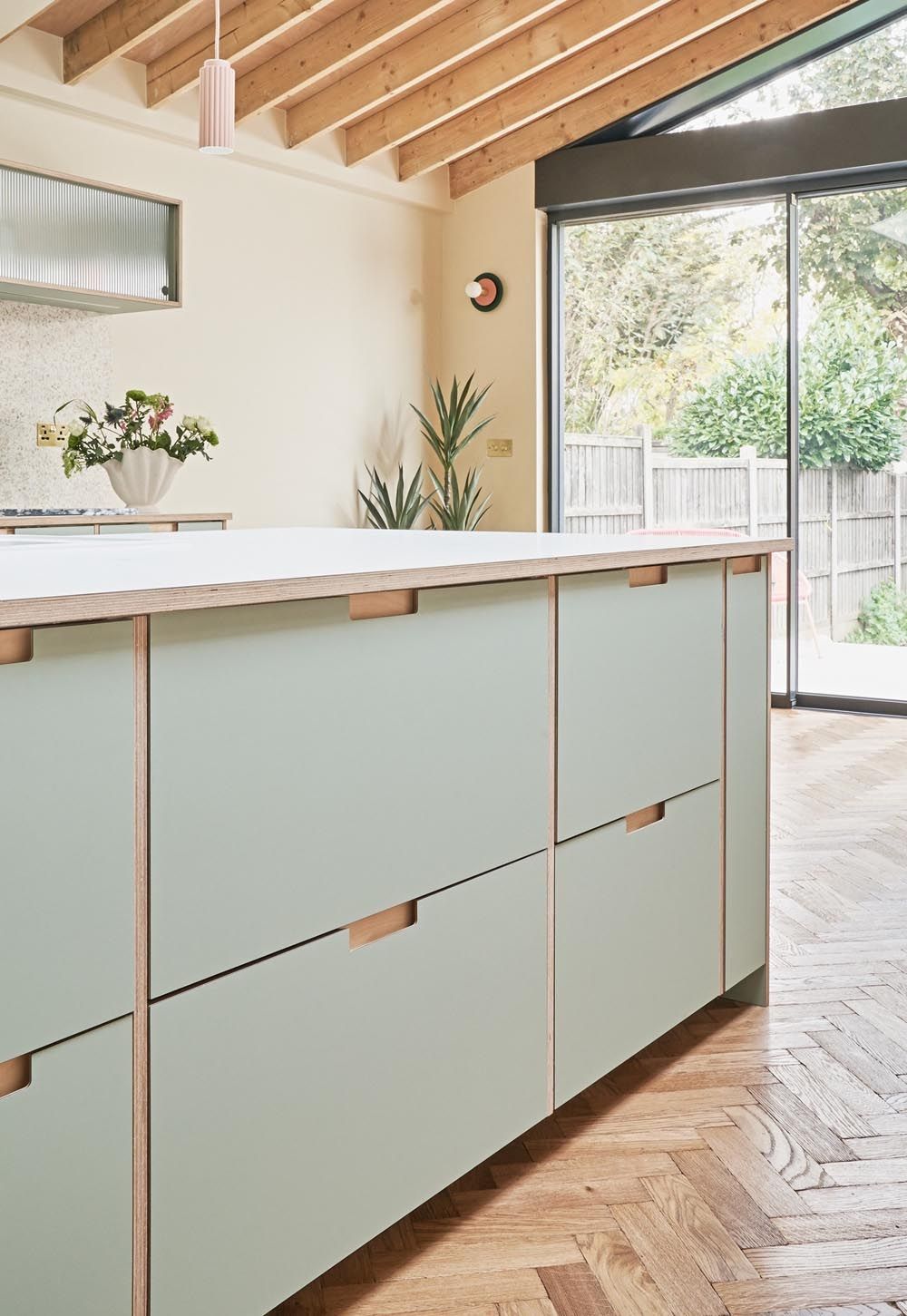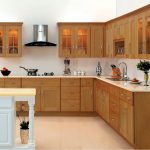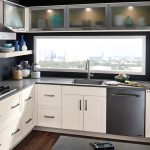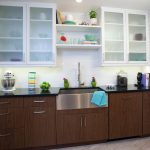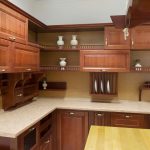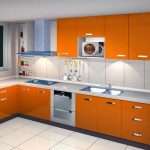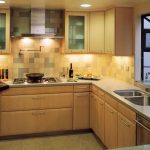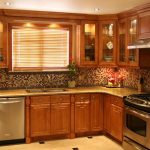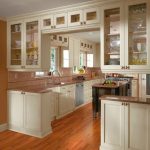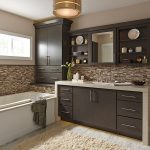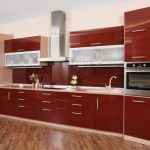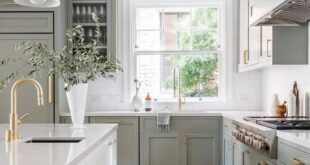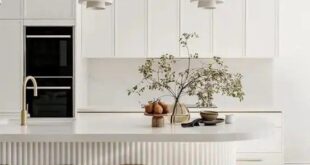When it comes to designing a functional and stylish kitchen cabinet layout, there are a few key tips to keep in mind. The kitchen is oftentimes referred to as the heart of the home, and having a well-designed cabinet layout can make a big difference in the overall functionality and aesthetic appeal of the space. Here are some tips to help you create a kitchen cabinet layout that is both practical and stylish.
1. Consider your storage needs: Before you start designing your kitchen cabinet layout, it’s important to assess your storage needs. Take inventory of your kitchen items and determine what you need to store in your cabinets. This will help you determine how many cabinets you will need and what size and configuration will work best for your space.
2. Plan for easy access: When designing your cabinet layout, it’s important to consider how you will access your items. Make sure that frequently used items are easily accessible, while less frequently used items can be stored in harder-to-reach areas. This will make it easier for you to navigate your kitchen and find the items you need quickly.
3. Utilize all available space: Don’t waste any valuable space in your kitchen cabinet layout. Consider using pull-out shelves, lazy Susans, or drawer organizers to maximize storage space and make it easier to access items. You can also consider using cabinet doors with built-in storage racks or hooks to store things like cutting boards, kitchen towels, or pot lids.
4. Mix and match cabinet styles: Instead of sticking with all traditional upper and lower cabinets, consider mixing and matching different cabinet styles to add visual interest to your kitchen. Consider incorporating open shelving, glass-front cabinets, or decorative panels to break up the monotony of a standard cabinet layout.
5. Choose quality materials: When designing your kitchen cabinet layout, it’s important to choose high-quality materials that will stand the test of time. Consider using solid wood cabinets, soft-close hinges, and durable finishes to ensure that your cabinets will look great and function well for years to come.
6. Incorporate lighting: Don’t forget to include lighting in your kitchen cabinet layout design. Under-cabinet lighting can help illuminate your countertops and workspaces, making it easier to cook and prepare food. You can also consider adding in-cabinet lighting to help you find items in your cabinets more easily.
7. Think about your personal style: Finally, when designing your kitchen cabinet layout, don’t forget to consider your personal style. Whether you prefer a sleek and modern look, a cozy and rustic aesthetic, or something in between, make sure that your cabinet layout reflects your individual taste and complements the overall design of your kitchen.
By following these tips, you can create a kitchen cabinet layout that is both functional and stylish. With careful planning and attention to detail, you can design a space that will make cooking and entertaining a breeze while also adding a touch of style to your home.
 decorafit.com Design ideas for your home and patio
decorafit.com Design ideas for your home and patio
